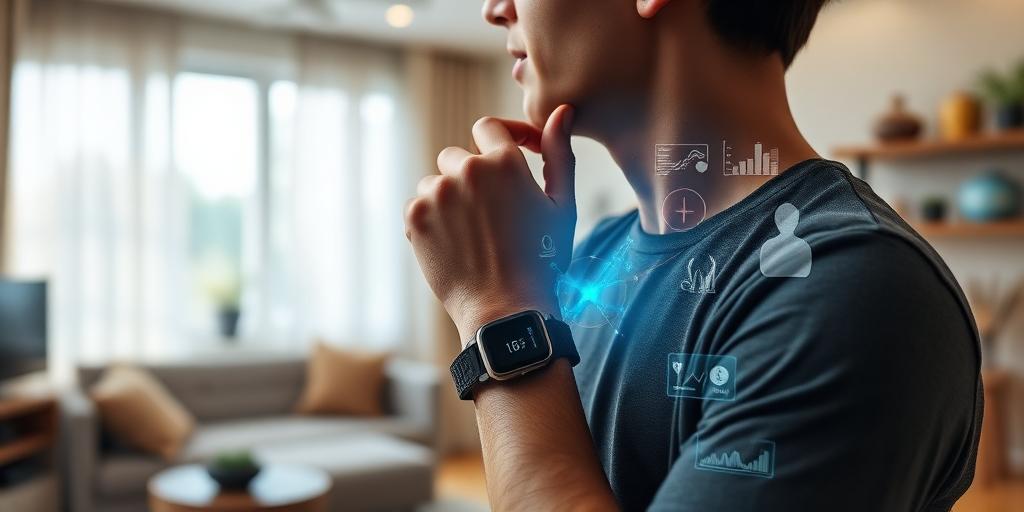Wearable technology has evolved significantly beyond basic fitness tracking. While monitoring steps, heart rate, and sleep patterns remains popular, the future of wearables lies in deeper lifestyle integration. This article explores the emerging trends and potential applications that will redefine how we interact with technology in our daily lives.
Enhanced Health Monitoring
Future wearables will offer more sophisticated health monitoring capabilities. Expect continuous glucose monitoring for diabetes management, advanced heart rhythm analysis for early detection of arrhythmias, and even non-invasive blood pressure monitoring. These advancements will empower individuals to proactively manage their health and provide valuable data to healthcare professionals for personalized treatment plans.
Seamless Integration with Smart Homes
Imagine a world where your wearable device automatically adjusts your home environment based on your needs. As you wake up, your smartwatch could trigger the lights to gradually brighten, the thermostat to increase the temperature, and the coffee maker to start brewing. This seamless integration with smart home devices will create a more convenient and comfortable living experience.
Augmented Reality (AR) and Virtual Reality (VR) Applications
Wearable technology is poised to play a crucial role in the development of AR and VR experiences. Smart glasses could overlay digital information onto your field of vision, providing real-time directions, contextual information about your surroundings, or even interactive entertainment. VR headsets, combined with haptic feedback wearables, could create immersive simulations for training, education, and gaming.
Personalized Productivity and Communication
Wearables can also enhance productivity and communication. Smartwatches can filter notifications, prioritize important messages, and provide quick access to essential information. AR glasses could facilitate hands-free communication during tasks, allowing workers to access instructions and collaborate remotely. This will lead to increased efficiency and reduced distractions.
Biometric Authentication and Security
Wearable devices offer a secure and convenient method for biometric authentication. Your unique heart rhythm, gait, or even brainwave patterns can be used to unlock devices, authorize transactions, and access secure areas. This will eliminate the need for passwords and PINs, providing a more seamless and secure user experience.
The Ethical Considerations
As wearable technology becomes more integrated into our lives, it's crucial to address the ethical considerations surrounding data privacy and security. Users need to be aware of how their data is being collected, stored, and used. Clear regulations and guidelines are necessary to ensure that wearable technology is used responsibly and ethically.
Conclusion
The future of wearable technology extends far beyond fitness tracking. By seamlessly integrating with our health, homes, communication, and security, wearables have the potential to transform the way we live, work, and interact with the world. While ethical considerations must be addressed, the potential benefits of this technology are immense.









